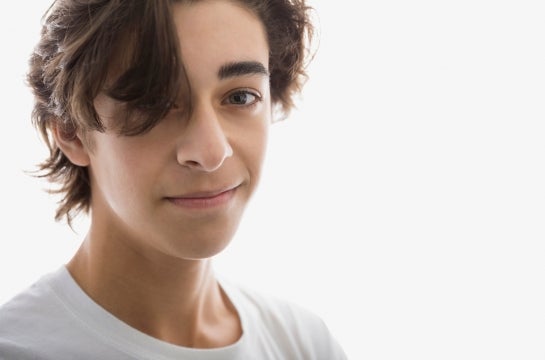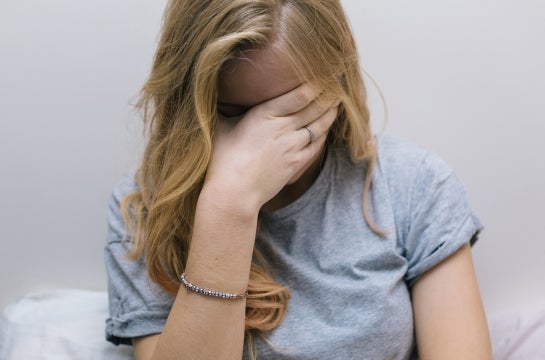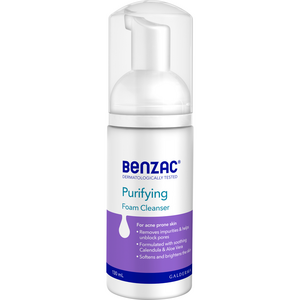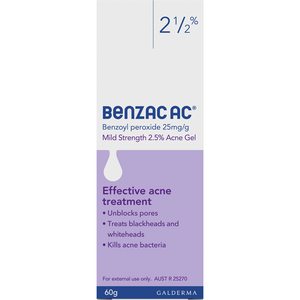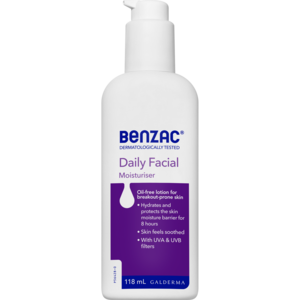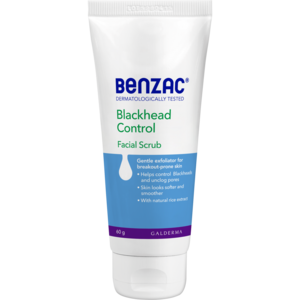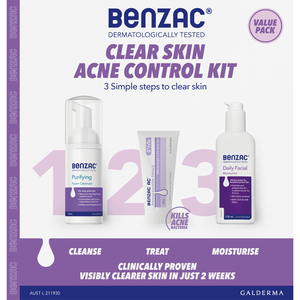Acne vs pimples: spot the difference
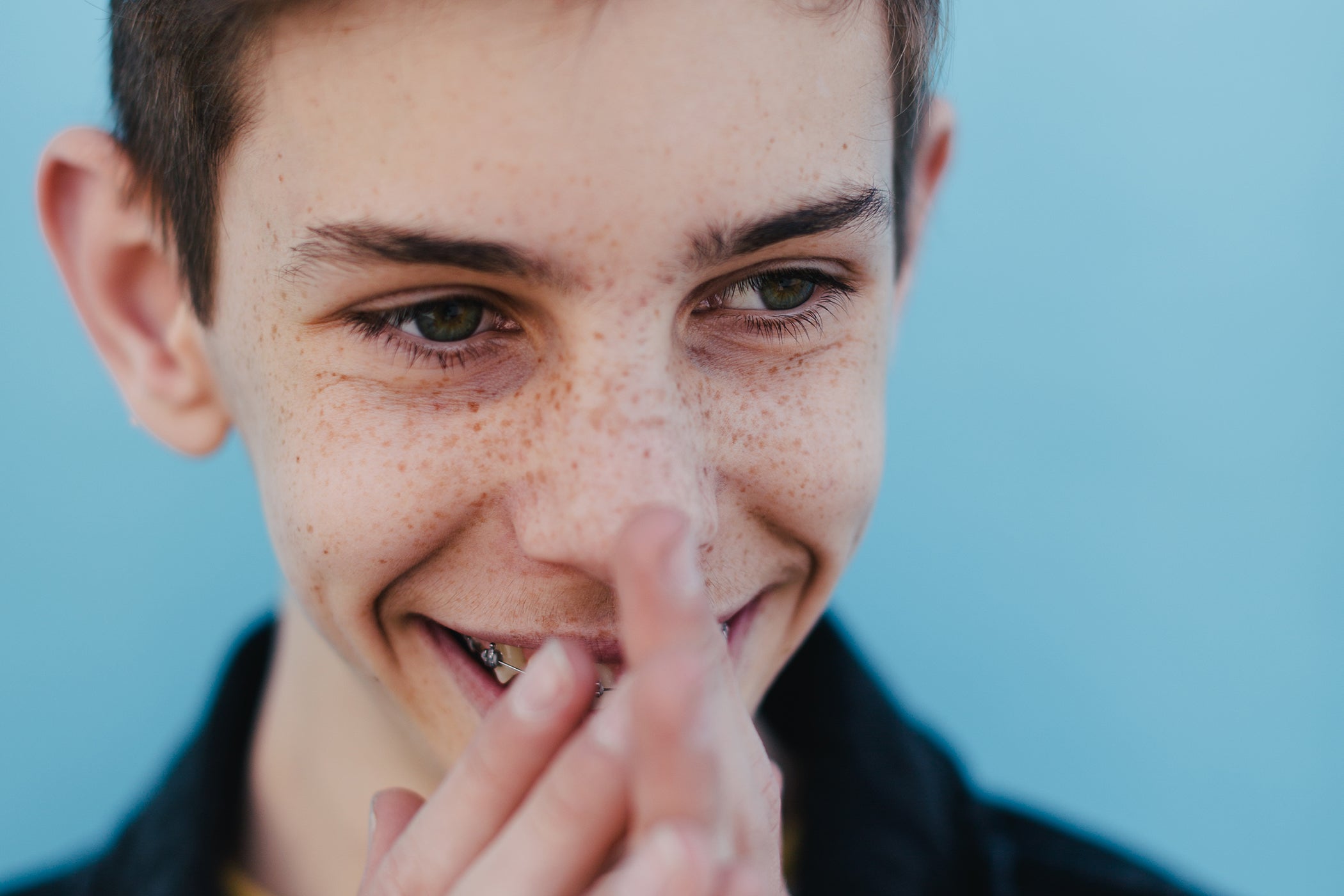
Acne. Pimples. Zits. Spots. There are so many names we give blemishes (there, we have another one), it can get confusing. One thing is certain – acne is not “just pimples”.
So what’s the difference? Well, pimples are also known as pustules which are a type of acne. There are actually six types of acne, which we outline below.
When people refer to pimples, they generally see them as a single or random spots that will usually settle after a while. In contrast, acne is seen as several blemishes that occur frequently and require some assistance (and time) to resolve. Acne also comes in varying levels of severity – from mild to severe.
What is acne?
Acne is a skin condition that can cause pimples (pustules), red spots (papules), whiteheads, blackheads and cysts on the face and body.
Pimples are caused by a clogged pore that has become infected. This can be caused by excess oil and P. acnes, a form of bacteria. We’ve got more information on what causes acne for those interested in the nitty-gritty details.
What kind of acne do I have?
Acne impacts roughly 85% of teenagers⁴. You are far from alone.
There are six types of acne⁶,⁷:
1. Whiteheads: These (and blackheads) are on the mild side of the acne spectrum. Whiteheads are a non-inflammatory type of acne, which generally means they are not painful and do not cause swelling. Medical folk sometimes refer to them as closed comedones. They generally look like white spots or bumps. These pests don’t usually cause scarring.
2. Blackheads: These tiny flecks are uninfected, blocked follicles known as open comedones. And no, they are not trapped dirt – they are just whiteheads that have opened (interesting fact: when a whitehead comes into contact with air, aka oxidation, it darkens).
3. Papules: Now we’re moving into inflammatory territory, though papules and pustules are still considered minor or mild acne. Papules are bumps under the skin’s surface. They have no visible centre and can be red, inflamed and sore.
4. Pustules: These guys look like bigger, angrier whiteheads. In fact, they are often confused with whiteheads. The difference is a whitehead is a blocked hair follicle while a pustule is filled with, yup, pus, thanks to the accumulation of immune and bacteria cells.
5. Nodules: This type moves us into the more moderate to severe end. Nodules are deep in the skin and have no visible head. They occur when clogged pores hurt tissues and cells deep within the skin’s surface. They can cause pigmentation or scarring.
6. Cysts: These form deeper into the skin than nodules. They are soft, red and large and can be red or white and are filled with pus. Generally, they are sore and require professional advice to treat.
What can I do about acne?
As you can see there are a few different types of acne, so your solution depends on your skin.
Moderate to severe forms of acne like nodules and cysts require professional advice and treatment. For those who find acne interfering with their day-to-day life, you may want to chat to your GP about a treatment plan as well, or they might refer you to a dermatologist.
It will take time to get acne under control, even mild acne (think roughly 8-12 weeks), but don’t worry – the main point is that it can be controlled.
Consistency is essential in the battle against acne. Get into a routine, apply your cleanser, treatment and moisturiser morning and night for consistency and to help improve your results.
For more ideas on how to tackle this spotty issue, check out these tips for teens on how to look after your skin.
The other less severe forms of acne may also require professional treatment, so please see your GP if your blackheads, whiteheads, papules or pustules:
• are severe
• are painful
• remain unresponsive to over-the-counter treatments
• bleed a lot
• are large
• cause you distress emotionally
• release a lot of pus
• are close to your eyes and lips (or any sensitive areas)
So there you have it – pimples are just a type of acne. But whichever name you give your breakout, know that you have options to combat it and to stop it from taking up too much of your life.



